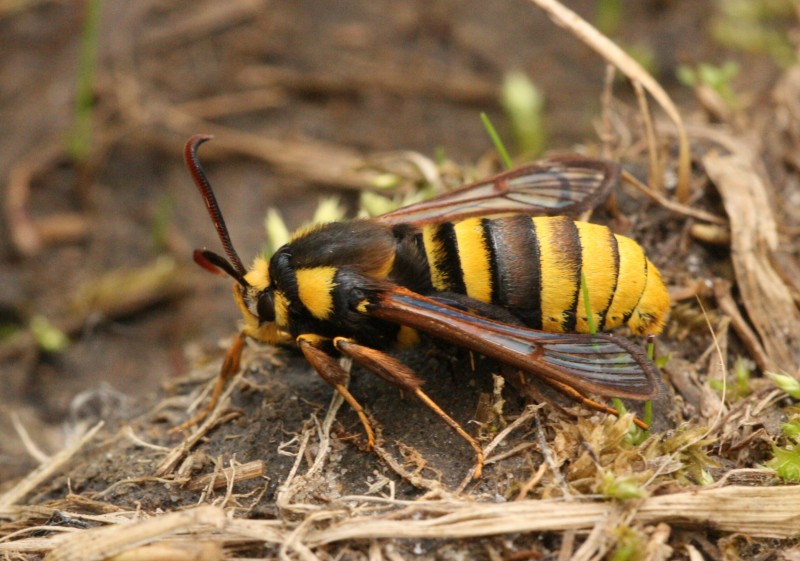In the shadowy corners of European woodlands, a remarkable deception unfolds every summer. A creature with transparent wings buzzes menacingly near oak trees, its yellow and black striped body gleaming in the dappled sunlight. Birds scatter, spiders retreat, and even seasoned naturalists pause in respect. Yet this fearsome “hornet” carries no venom, wields no stinger, and couldn’t hurt a fly if it tried. Meet the hornet moth, nature’s most convincing impersonator and a master of survival through pure theatrical brilliance.
The Ultimate Copycat of the Insect World
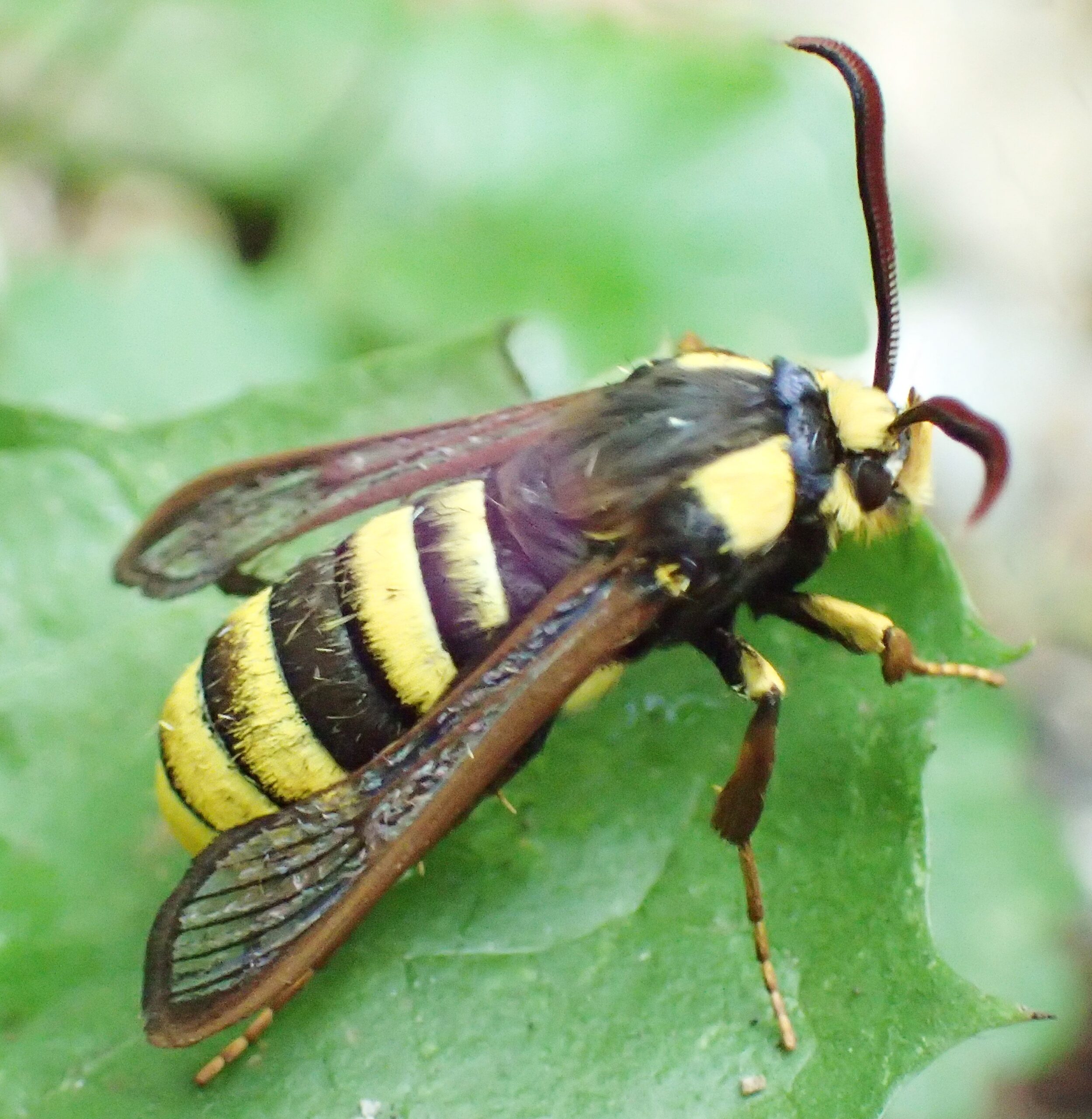
The hornet moth (Sesia apiformis) represents one of nature’s most stunning examples of Batesian mimicry. This remarkable clearwing moth has evolved to perfectly imitate the European hornet, complete with translucent wings and bold warning colors that scream danger to any potential predator. The resemblance is so precise that even experienced entomologists sometimes need a second glance to tell them apart.
What makes this mimicry so effective is the attention to detail. The moth’s abdomen sports the same yellow and black banding pattern as a hornet, while its wings remain mostly transparent with just the right amount of orange-brown coloration at the tips. Even its flight pattern mimics the heavy, purposeful buzzing of its dangerous model.
The evolutionary pressure that shaped this deception is immense. In a world where being eaten means game over, the hornet moth discovered that looking like something that could ruin a predator’s day was the ultimate survival strategy.
Anatomy of a Master Disguise
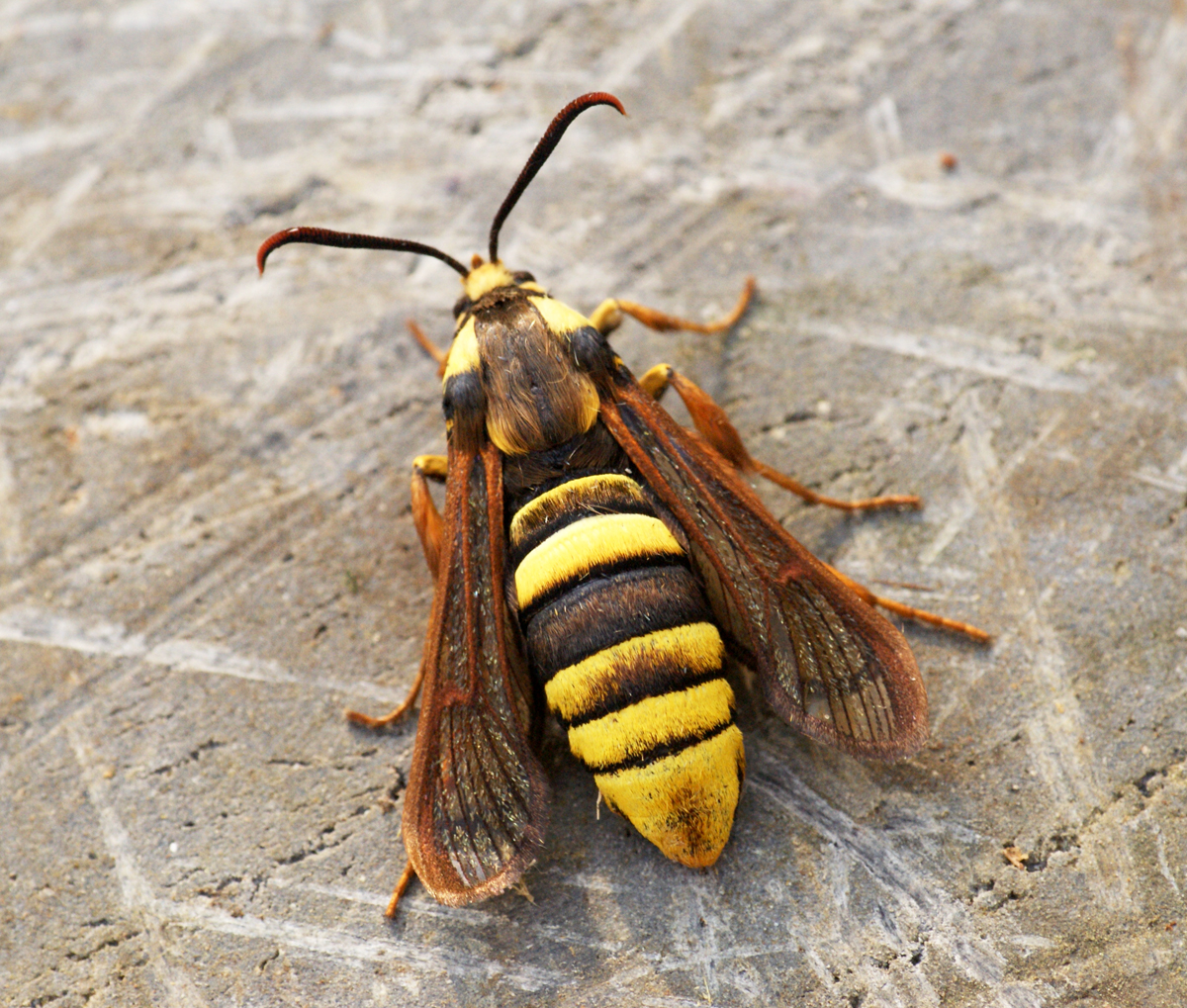
The hornet moth’s body is a masterpiece of evolutionary engineering designed for deception. Its robust thorax and abdomen create the illusion of a hornet’s powerful build, while specialized scales produce the exact coloration needed to fool even sharp-eyed predators. The moth’s head features large, dark eyes that mirror those of its dangerous model, adding another layer of authenticity to the disguise.
The wings are perhaps the most remarkable feature of this impersonation. Unlike typical moths with scaled wings, hornet moths have evolved transparent membranes that closely resemble hornet wings. The wing venation pattern and the subtle amber tinting at the wing tips complete the illusion perfectly.
Even the moth’s antennae have been modified to enhance the disguise. Rather than the feathery antennae typical of many moths, hornet moths sport clubbed antennae that more closely resemble those of their wasp models. This attention to anatomical detail shows just how powerful natural selection can be in shaping perfect mimics.
The Science Behind the Scare
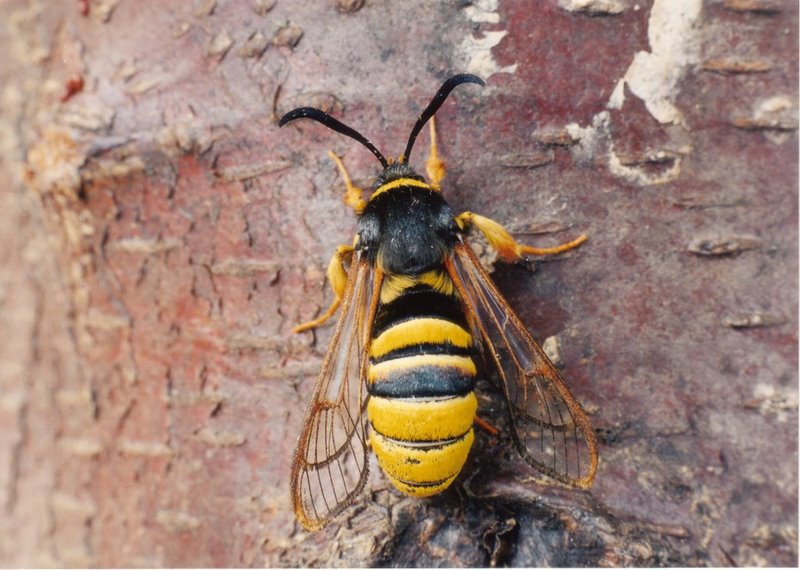
Batesian mimicry, the scientific term for this type of deception, was first described by naturalist Henry Walter Bates in 1862. The principle is elegantly simple: harmless species evolve to look like dangerous ones, gaining protection without the metabolic cost of producing actual toxins or weapons. The hornet moth has taken this concept and refined it to near perfection.
Research has shown that the effectiveness of Batesian mimicry depends heavily on the ratio of mimics to models in the environment. Too many harmless copycats, and predators learn to call the bluff. The hornet moth strikes the perfect balance, remaining rare enough that the deception stays effective while being successful enough to thrive.
Studies using artificial models have demonstrated that birds and other predators show genuine fear responses to hornet moth patterns. The mere sight of those warning colors triggers an instinctive avoidance behavior that has been hardwired through countless generations of painful encounters with real hornets.
Life Cycle of a Deceptive Beauty

The hornet moth’s life cycle is as fascinating as its appearance. These remarkable insects spend the majority of their lives as larvae, boring through the wood of poplar, willow, and birch trees. The caterpillar stage can last up to three years, during which the developing moth feeds on the inner bark and wood, creating extensive tunnel systems.
When the time comes to pupate, the larva moves closer to the bark surface, preparing for its dramatic transformation. The pupal stage lasts only a few weeks, but during this time, the moth undergoes the remarkable metamorphosis that will give it its hornet-like appearance. The adult moth emerges in late spring or early summer, fully equipped with its deceptive arsenal.
Adult hornet moths have a relatively short lifespan, living only a few weeks to a month. During this time, their primary focus is reproduction, and their hornet disguise becomes crucial for survival while they search for mates and suitable egg-laying sites.
Habitat and Distribution Secrets

Hornet moths are found throughout much of Europe, with populations extending into parts of Asia. They show a distinct preference for deciduous woodlands, particularly areas with mature poplar and willow trees. These environments provide both the larval food source and the adult habitat necessary for the species’ survival.
The moths are most commonly encountered in woodland edges, parks, and gardens where their host trees are present. They seem to prefer areas with some disturbance, as this often creates the dead or dying wood that their larvae find most suitable for development. River valleys and wetland edges are particularly favored habitats.
Climate plays a crucial role in their distribution, with warmer regions supporting more stable populations. As climate patterns shift, researchers are monitoring how these changes might affect the hornet moth’s range and the effectiveness of their mimicry strategy.
The Hornet Model They’re Copying
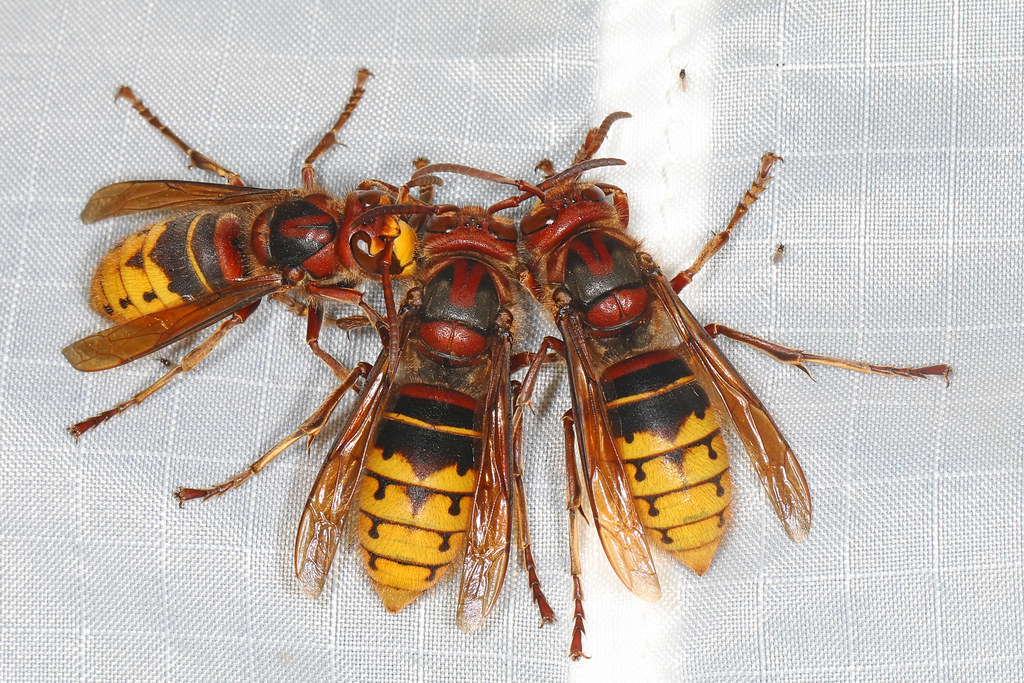
To understand the hornet moth’s success, we must examine the formidable creature it’s imitating. The European hornet (Vespa crabro) is a social wasp capable of delivering painful stings and aggressive defensive behavior. These impressive insects can grow up to 35 millimeters long and possess a potent venom that can cause severe reactions in their victims.
European hornets are apex predators in their ecosystem, hunting other insects and defending their colonies with fierce determination. Their distinctive yellow and black warning coloration serves as an honest signal to potential threats: approach at your own risk. This reputation for danger is exactly what makes them such effective models for mimicry.
The behavioral patterns of real hornets also contribute to the mimicry’s effectiveness. Their confident, purposeful flight and tendency to hover around tree trunks while hunting create the perfect template for the hornet moth to copy. The moth has evolved to replicate these behaviors almost perfectly.
Wing Magic and Flight Patterns
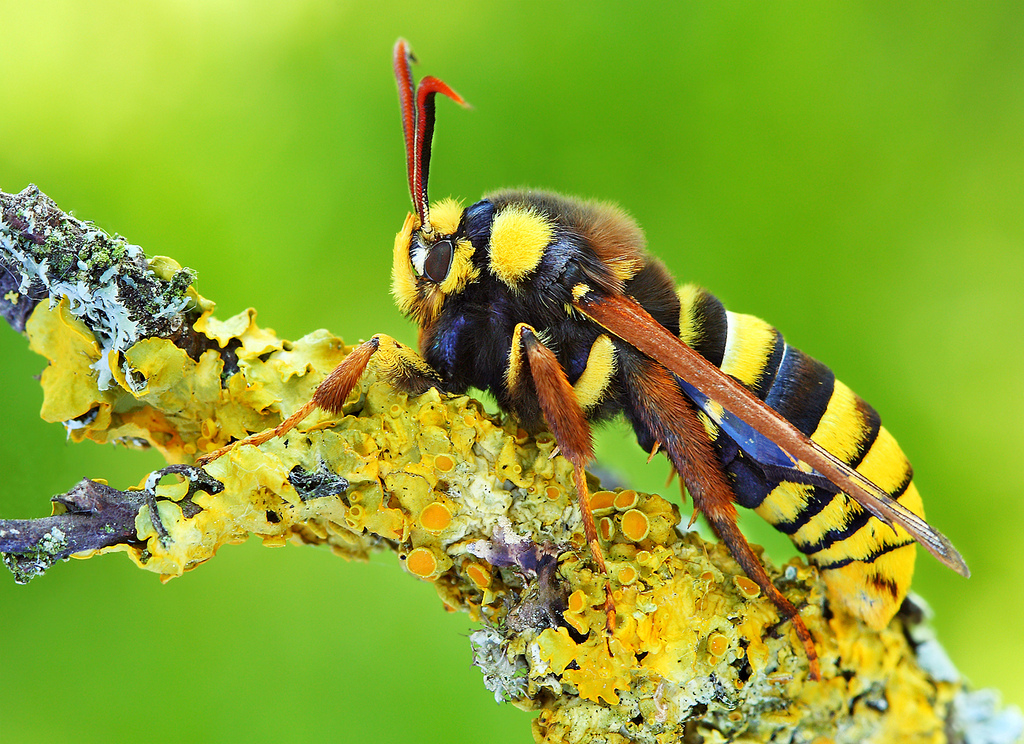
The hornet moth’s flight is a crucial component of its deceptive strategy. Unlike the erratic, fluttering flight typical of many moths, hornet moths fly with the steady, purposeful movement of a wasp. This behavioral mimicry is just as important as their physical appearance in maintaining the illusion.
The transparent wings produce a distinctive buzzing sound that closely matches that of a real hornet. This auditory component of the mimicry helps reinforce the visual deception, creating a multi-sensory experience that thoroughly convinces potential predators of the moth’s dangerous nature.
Wing loading and flight mechanics have evolved to support this deception. The moth’s wing-to-body ratio creates the heavy, business-like flight pattern that predators associate with dangerous wasps. Even the way they land and take off mimics hornet behavior, adding another layer of authenticity to their performance.
Color Patterns That Save Lives
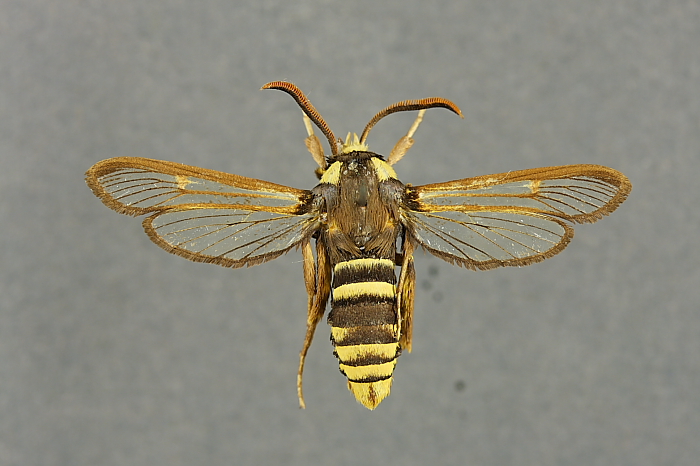
The hornet moth’s coloration is a marvel of evolutionary precision. The bright yellow and black stripes aren’t just decorative – they’re a carefully calibrated warning system that taps into predators’ learned fear responses. These aposematic colors have been refined over millions of years to create the most effective deterrent possible.
The specific shade of yellow and the width of the black bands have been fine-tuned through natural selection to match those of actual hornets. Research has shown that even slight variations in these patterns can significantly reduce the mimicry’s effectiveness, highlighting the precision required for successful deception.
The metallic sheen on the moth’s body adds another dimension to the disguise, creating the same light-reflecting properties seen in hornet exoskeletons. This subtle detail demonstrates the incredible attention to detail that evolution can achieve when the stakes are life and death.
Predator Psychology and Fear Responses
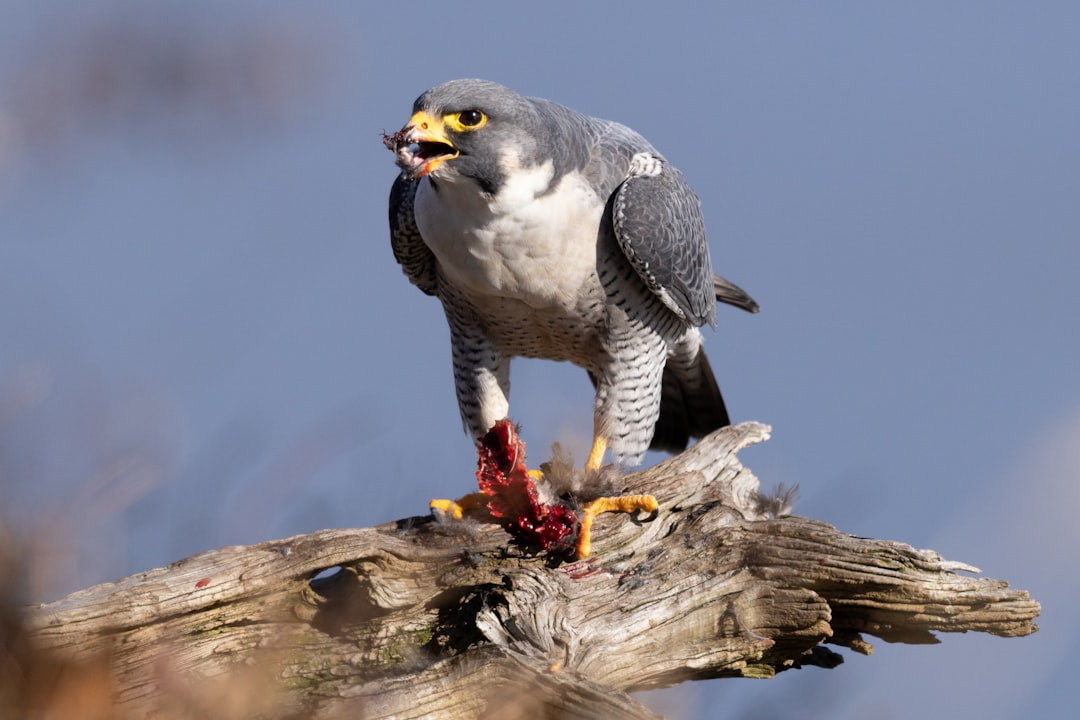
The success of hornet moth mimicry relies heavily on predator psychology and learned behavior. Birds, spiders, and other insectivores develop strong associations between certain visual patterns and painful experiences. Once a predator has encountered a genuine hornet, it becomes primed to avoid anything that looks remotely similar.
This learned avoidance behavior is so strong that it can persist even when the actual threat is rare. Studies have shown that birds will avoid hornet-like patterns even in areas where real hornets are uncommon, demonstrating the powerful psychological impact of the warning coloration.
The timing of the hornet moth’s emergence coincides with peak hornet activity, ensuring that predators’ fear responses are at their highest. This synchronization maximizes the effectiveness of the mimicry by capitalizing on fresh memories of dangerous encounters.
Evolutionary Arms Race
![Evolutionary Arms Race (image credits: [0370] Hornet Moth (Sesia apiformis), CC BY 2.0, https://commons.wikimedia.org/w/index.php?curid=46076576)](https://insecthive.com/wp-content/uploads/2025/07/1752037821640_28037029_Hornet_Moth_28Sesia_apiformis29_28311824132529-1.jpg)
The relationship between hornet moths and their predators represents an ongoing evolutionary arms race. As predators become more sophisticated at detecting mimics, the moths must evolve even more convincing disguises. This constant pressure has driven the remarkable precision we see in modern hornet moth mimicry.
Some predators have developed counter-strategies, learning to identify subtle differences between real hornets and their harmless imitators. This has pushed the evolutionary pressure on hornet moths to become even more accurate in their mimicry, leading to an ever-escalating cycle of deception and detection.
The evolutionary success of hornet moths demonstrates the power of natural selection in shaping even the most complex adaptations. Their story shows how survival pressures can drive the development of incredibly sophisticated biological solutions to life-or-death challenges.
Conservation Challenges and Threats
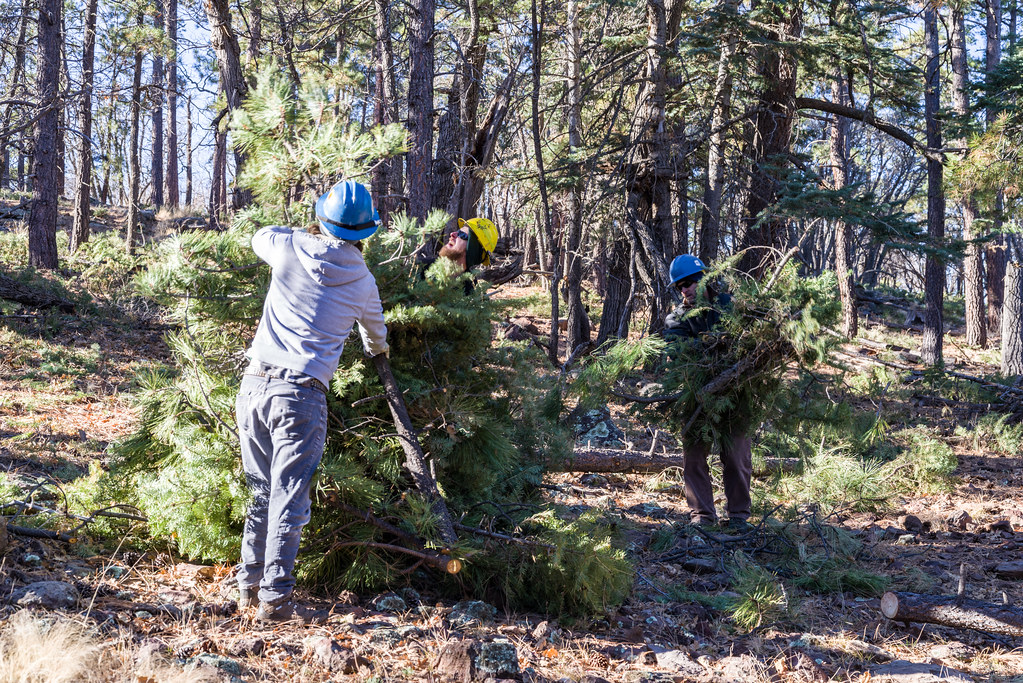
Despite their impressive survival strategy, hornet moths face significant conservation challenges in the modern world. Habitat loss and the removal of dead wood from forests have reduced the availability of suitable breeding sites for these remarkable insects. Urban development and intensive forestry practices have particularly impacted their populations.
Climate change poses another threat, potentially disrupting the delicate timing between moth emergence and hornet activity that makes their mimicry so effective. Changes in temperature and precipitation patterns could also affect their host trees and alter forest ecosystems in ways that disadvantage these specialized moths.
Conservation efforts focus on maintaining diverse woodland habitats with plenty of dead and dying wood for larval development. Creating wildlife corridors and protecting old-growth forests are crucial for maintaining stable hornet moth populations across their range.
Research Breakthroughs and Future Studies

Recent advances in genetic research have revealed fascinating insights into how hornet moth mimicry evolved. Scientists have identified specific genes responsible for wing transparency and coloration patterns, shedding light on the molecular mechanisms behind this remarkable adaptation. These discoveries are helping researchers understand how complex traits can evolve through natural selection.
Modern imaging techniques have allowed researchers to study the fine details of hornet moth anatomy and behavior in unprecedented detail. High-speed cameras reveal the subtle wing movements and flight patterns that make their mimicry so convincing, while microscopic analysis shows the cellular structures that create their transparent wings.
Future research directions include investigating how climate change might affect mimicry effectiveness and exploring whether hornet moths can adapt to new environmental challenges. Scientists are also studying the cognitive mechanisms that make predators susceptible to mimicry, which could provide insights into animal behavior and perception.
Conclusion
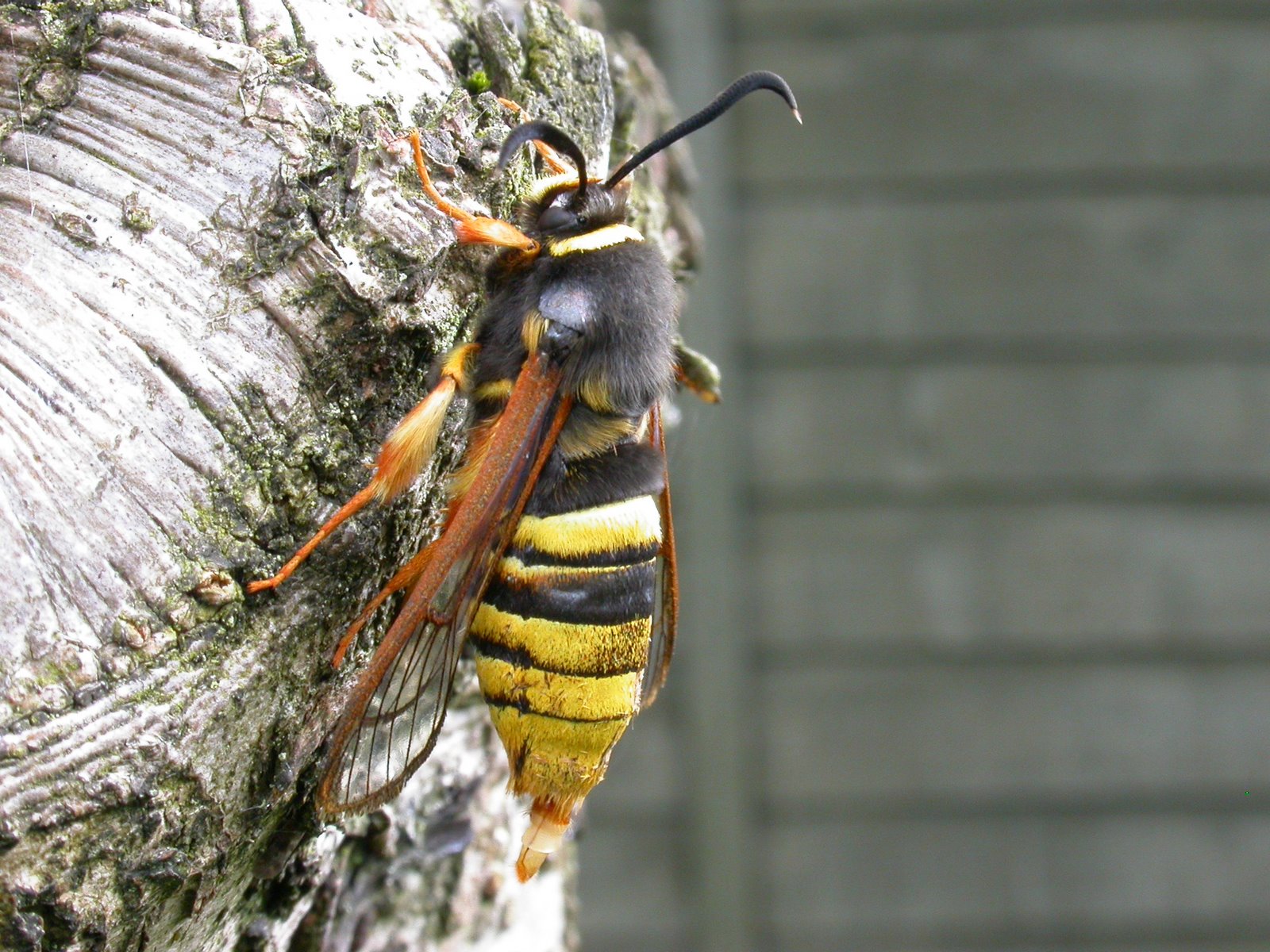
The hornet moth stands as one of nature’s most remarkable examples of evolutionary ingenuity, proving that sometimes the best defense is a good offense through pure theatrical brilliance. Their mastery of Batesian mimicry demonstrates how survival pressures can sculpt living organisms into perfect impersonators, complete with every detail needed to fool even the most observant predators.
From their transparent wings to their convincing flight patterns, these moths have evolved a comprehensive deception that has served them well for millions of years. Their success story offers valuable insights into the power of natural selection and the incredible adaptability of life on Earth.
As we face an uncertain future marked by environmental change and habitat loss, the hornet moth’s story reminds us of the intricate connections that bind ecosystems together. The next time you spot a “hornet” buzzing around a woodland tree, take a moment to appreciate the possibility that you might be witnessing one of nature’s greatest magic tricks in action. Could this fearsome-looking creature actually be a harmless master of disguise, playing out an ancient survival strategy that has fooled predators for millennia?

